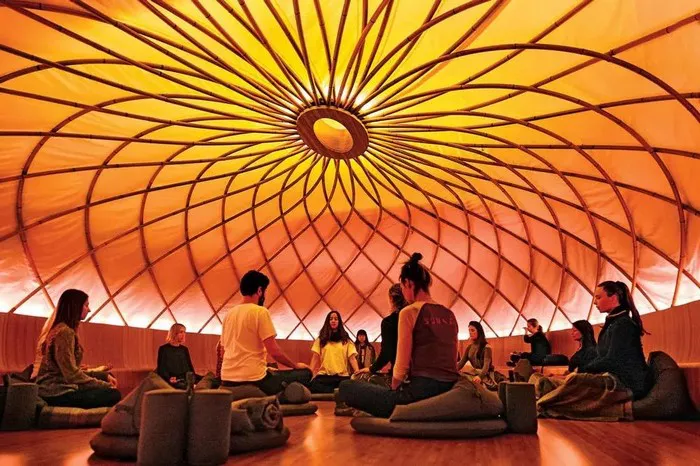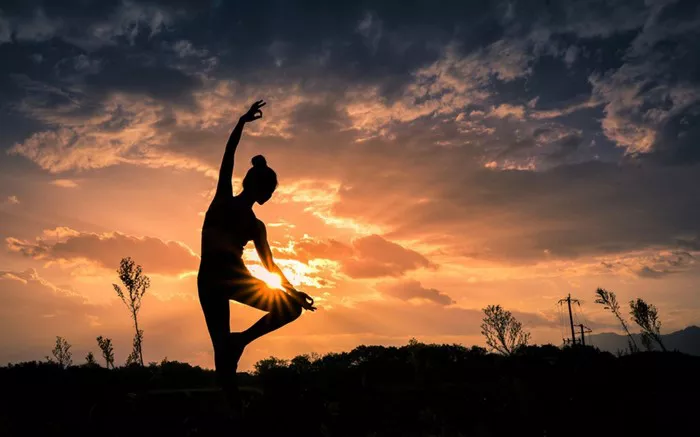Yoga has experienced a significant surge in popularity worldwide, evolving from a niche spiritual practice to a mainstream form of exercise, wellness, and mental health support. As of 2025, understanding the demographics of yoga practitioners helps fitness professionals, marketers, healthcare providers, and wellness communities tailor their services more effectively. This article explores which age groups engage most with yoga, analyzes trends influencing participation, and discusses implications for the future of yoga practice.
Overview of Yoga’s Growing Popularity
Yoga’s appeal transcends age, gender, and cultural boundaries, attracting millions globally. The physical benefits, including improved flexibility, strength, and balance, combined with mental health advantages such as stress relief and emotional regulation, contribute to its widespread adoption. Technological advancements and digital platforms have also expanded yoga’s reach, making it accessible for diverse populations.
Factors Driving Yoga Adoption
- Increasing awareness of holistic health
- Rising stress levels in modern society
- Popularity of wellness culture on social media
- Availability of virtual yoga classes and apps
These factors collectively encourage individuals from various age brackets to incorporate yoga into their daily routines.
Age Groups and Yoga Participation in 2025
In analyzing yoga participation by age, data from fitness surveys, health organizations, and market research provide a clear picture of who practices yoga the most today.
1. Young Adults (18-34 Years)
Young adults remain the largest demographic practicing yoga, often drawn by the promise of fitness combined with mental well-being. This age group:
- Represents approximately 40-45% of total yoga practitioners.
- Seeks yoga styles that align with active lifestyles, such as power yoga, vinyasa, and hot yoga.
- Uses digital platforms extensively, favoring on-demand and livestream yoga classes.
- Benefits from yoga as a complementary activity alongside running, gym workouts, and other sports.
Young adults appreciate yoga not only for physical fitness but also as a tool for mindfulness and social connection.
2. Middle-Aged Adults (35-54 Years)
Middle-aged practitioners form the second-largest group, comprising about 30-35% of yoga participants. Characteristics of this group include:
- A focus on health maintenance and injury prevention.
- Preference for gentle yoga forms like hatha, restorative, and yin yoga.
- Using yoga to manage chronic conditions such as arthritis, back pain, and hypertension.
- Increased participation motivated by recommendations from healthcare providers.
For many in this age group, yoga is part of a broader lifestyle strategy aimed at longevity and quality of life.
3. Older Adults (55+ Years)
Older adults have shown the most significant growth rate in yoga participation over the past decade. Representing roughly 20-25% of yoga practitioners in 2025, this group:
- Prefers gentle, low-impact yoga styles that accommodate physical limitations.
- Uses yoga to improve balance, reduce fall risk, and maintain mobility.
- Participates in specialized yoga programs designed for seniors.
- Benefits from the social and cognitive engagement yoga offers.
The increase in older adults practicing yoga reflects broader trends in aging populations seeking active and healthy lifestyles.
4. Adolescents and Children (Under 18 Years)
Though still a smaller segment, yoga among youth is gaining traction, with schools and youth programs incorporating yoga for its mental health benefits. Participation in this age group is:
- Growing steadily, estimated at 5-10% of overall yoga practitioners.
- Focused on stress reduction, concentration improvement, and physical activity.
- Delivered in formats tailored to young attention spans, such as playful and creative yoga.
Promoting yoga early may encourage lifelong habits of physical and mental wellness.
Key Trends Influencing Age-Based Yoga Participation
Digital Transformation
The availability of online classes, apps, and virtual reality yoga experiences has removed barriers related to location and time. This digital shift especially appeals to younger and middle-aged adults, who prefer flexible schedules and personalized content.
Health and Wellness Integration
Yoga’s integration into healthcare systems, corporate wellness programs, and community centers has increased accessibility across all age groups. Middle-aged and older adults particularly benefit from medically supervised yoga interventions.
Social and Cultural Factors
The cultural acceptance of yoga as a mainstream wellness practice has evolved dramatically. Social media influencers, celebrity endorsements, and the portrayal of diverse practitioners encourage wider participation across age groups.
Benefits of Yoga for Different Age Groups
Understanding how yoga benefits each age group explains why participation varies and how programs can be optimized.
Benefits for Young Adults
- Enhances physical fitness and athletic performance.
- Supports mental health by reducing anxiety and depression.
- Facilitates social interaction and community building.
- Encourages healthy lifestyle habits.
Benefits for Middle-Aged Adults
- Aids in managing chronic conditions.
- Improves flexibility and reduces injury risk.
- Supports weight management and cardiovascular health.
- Provides mental clarity and stress relief.
Benefits for Older Adults
- Maintains joint health and mobility.
- Improves balance and reduces fall risk.
- Enhances cognitive function and mood.
- Offers social engagement and combats isolation.
Benefits for Youth
- Promotes physical activity and coordination.
- Improves focus, emotional regulation, and behavior.
- Builds body awareness and self-confidence.
- Reduces stress from academic and social pressures.
How Yoga Programs Cater to Different Age Groups
To meet the specific needs of various age demographics, yoga programs are designed with age-appropriate modifications.
For Young Adults
- High-intensity yoga styles.
- Challenges focused on strength and endurance.
- Group classes and social events.
- Integration with fitness tracking technology.
For Middle-Aged Adults
- Emphasis on flexibility and joint health.
- Stress management techniques like meditation.
- Hybrid classes combining yoga with other wellness practices.
- Scheduling that accommodates work-life balance.
For Older Adults
- Chair yoga and gentle stretching.
- Focus on safety and injury prevention.
- Small class sizes with personalized attention.
- Incorporation of breathing exercises for respiratory health.
For Youth
- Playful, imaginative yoga sequences.
- Short sessions with frequent breaks.
- Inclusion of mindfulness games.
- School-based yoga curricula.
Regional and Cultural Variations in Age Group Participation
Yoga participation varies geographically due to cultural attitudes, economic factors, and availability of instructors.
- Urban areas tend to have higher youth and young adult participation.
- Suburban and rural areas see more middle-aged and older adult engagement.
- Countries with strong traditional yoga roots often have more balanced age participation.
- Western countries show rapid growth among all age groups due to wellness trends.
Understanding these variations helps tailor yoga offerings to specific communities.
Future Projections for Yoga Demographics
Looking ahead, several trends are likely to shape the age distribution of yoga practitioners:
- Increasing Senior Participation: Aging populations globally will drive demand for senior-friendly yoga programs.
- Youth Engagement: Growing awareness of mental health in schools will promote youth yoga.
- Technology Integration: Personalized and AI-driven yoga experiences will attract tech-savvy younger adults.
- Holistic Health Emphasis: Cross-disciplinary approaches combining yoga with nutrition and mental health support will appeal to middle-aged adults.
The diversification of yoga styles and delivery methods will broaden its appeal across all age groups.
Conclusion
As of 2025, the age group practicing yoga the most is young adults aged 18-34, followed by middle-aged adults and then older adults, with youth participation steadily growing. Each group engages with yoga for distinct physical, mental, and social benefits, influencing how yoga is taught and marketed. With the rise of digital platforms and holistic health trends, yoga is poised to continue expanding across all ages, supporting wellness in diverse populations worldwide.
Related Topics:


















